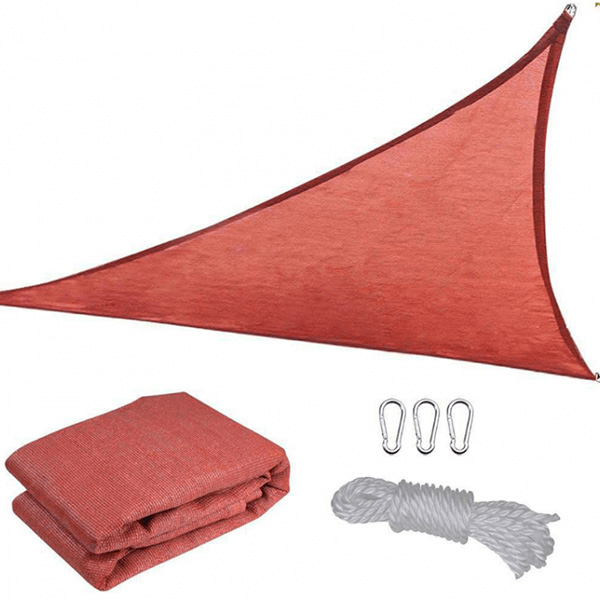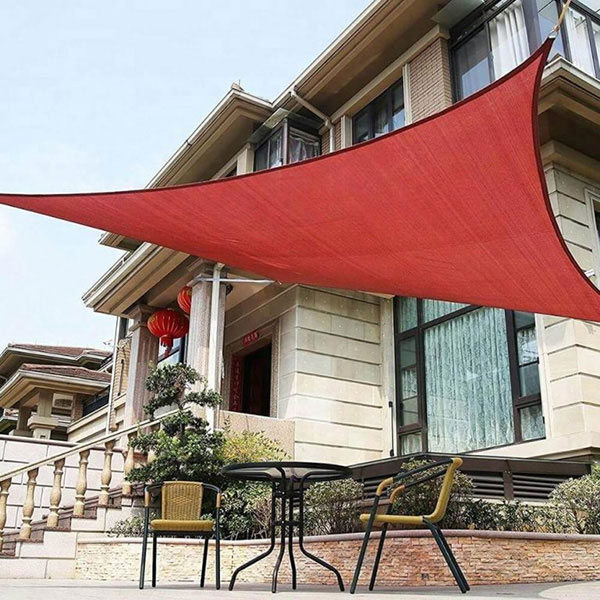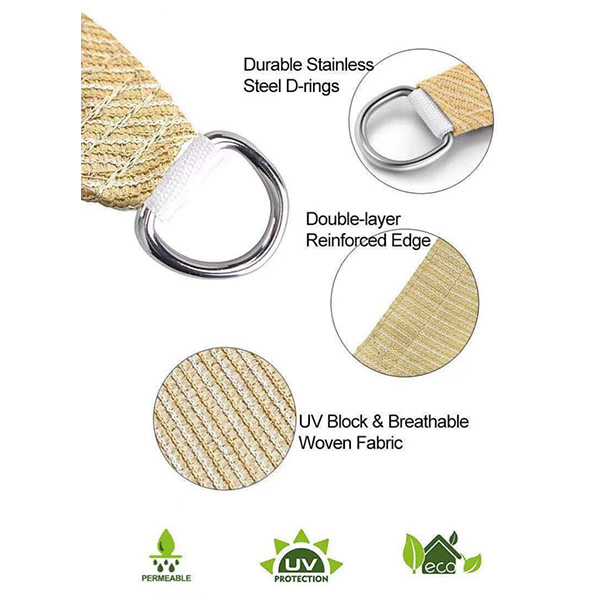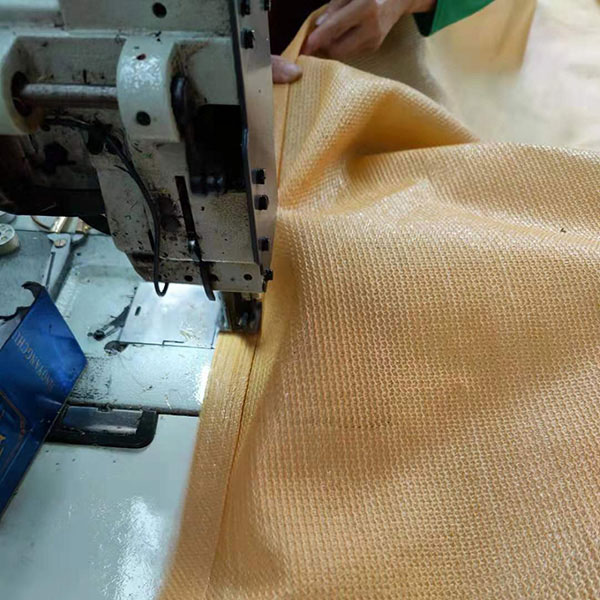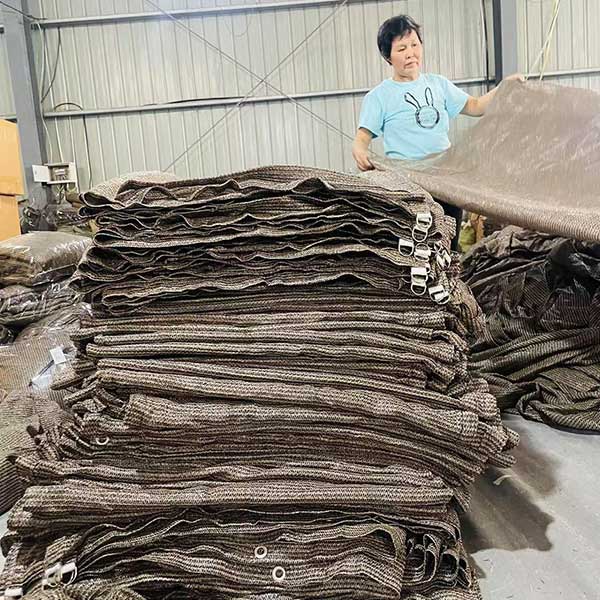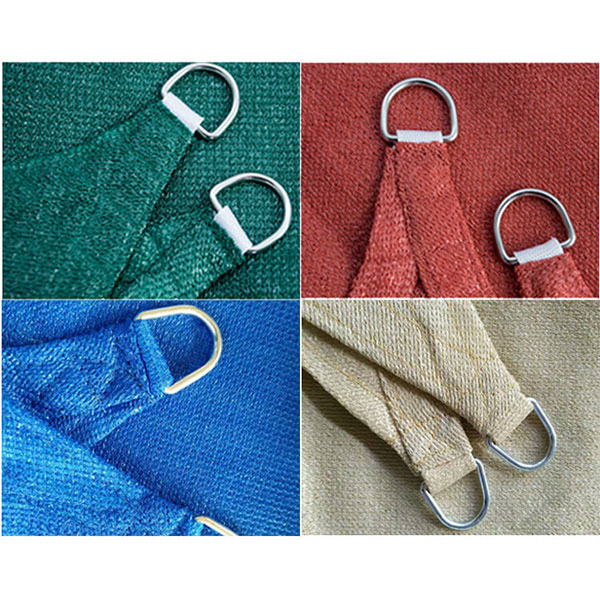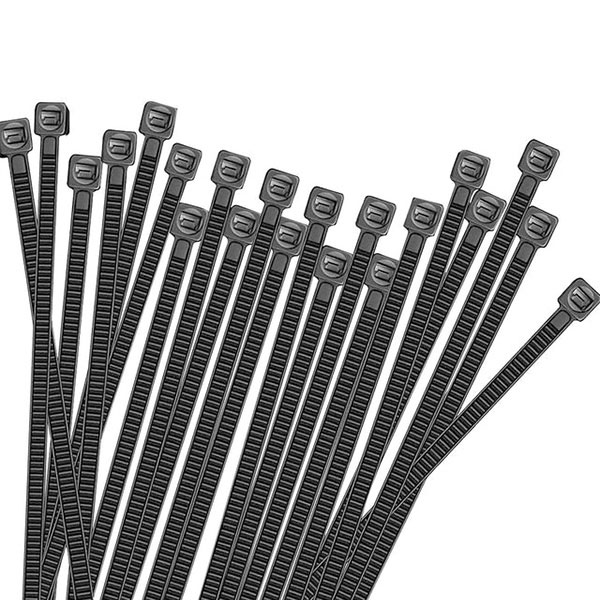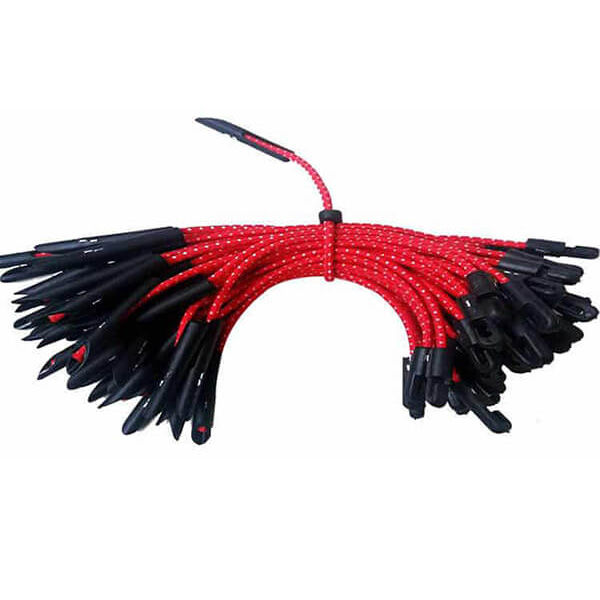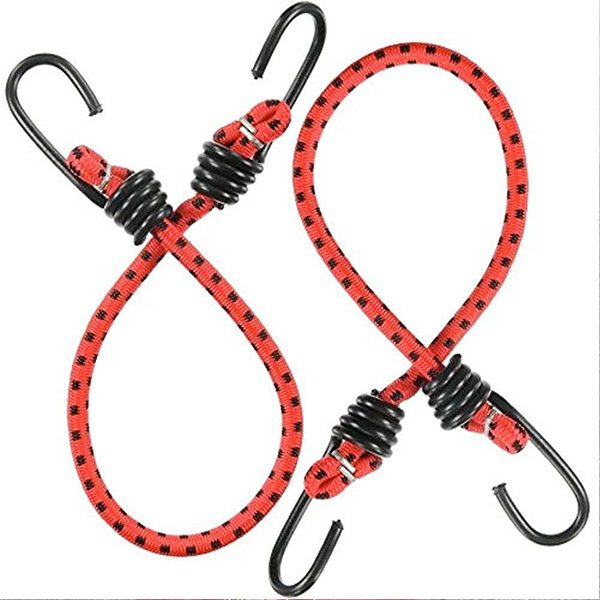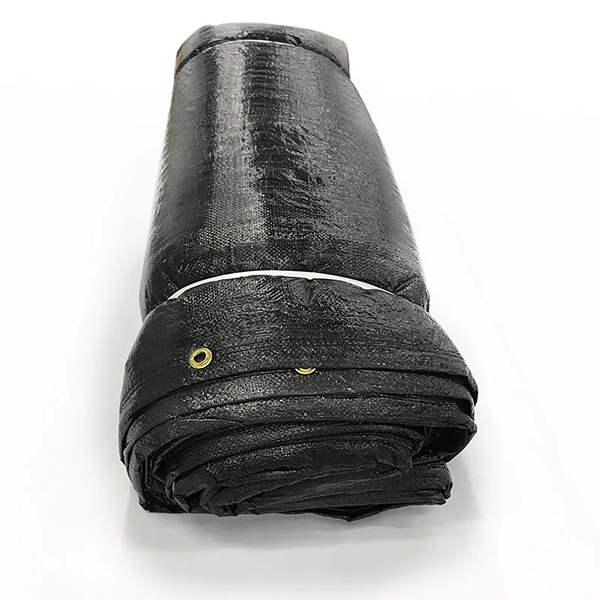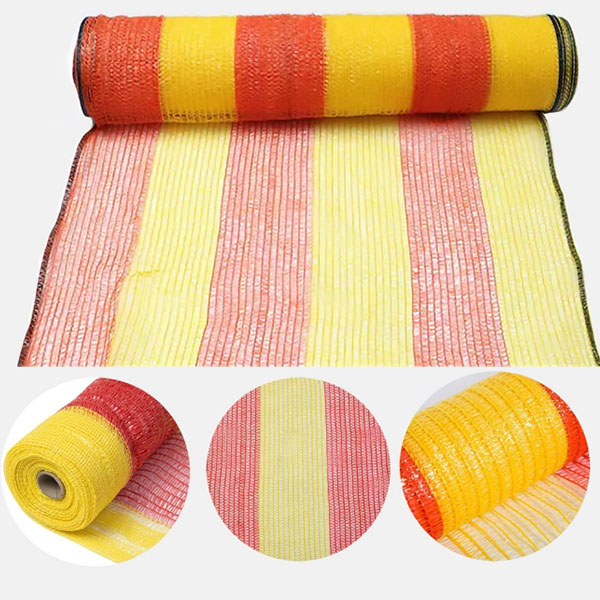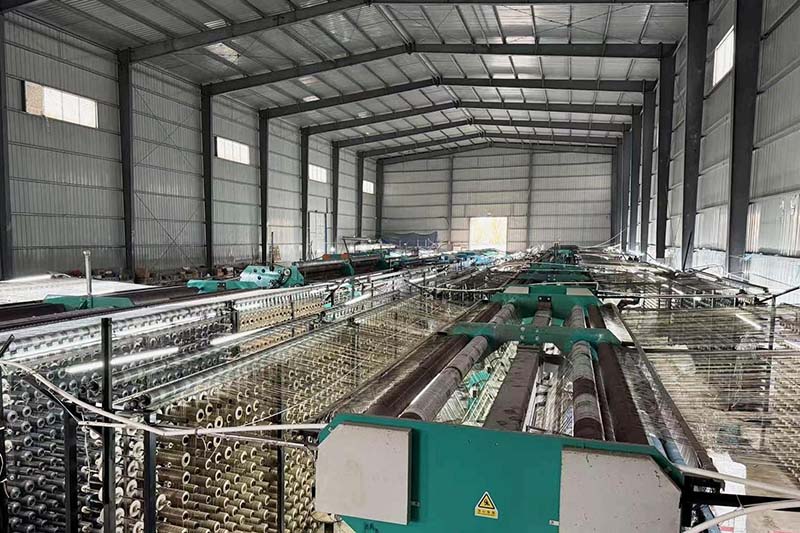Triangle Sun Shade Sail Installation Ideas
A triangle sun shade sail provides effective shading for gardens, patios, and outdoor seating areas while enhancing the overall design of the space. Proper installation is key to achieving both durability and visual appeal. Three secure anchor points, such as walls, steel poles, or reinforced posts, should be identified. The sail needs to be stretched at a slight angle to ensure rainwater drainage. High-quality stainless steel hardware, including turnbuckles, pad eyes, and snap hooks, is recommended for long-term stability.
To elevate the atmosphere, LED lighting can be incorporated during installation. Waterproof string lights along the sail’s edges or LED spotlights fixed to anchor posts create a well-lit and inviting environment after sunset. This combination of shading and lighting turns functional structures into decorative features.
Accurate measurement before drilling or fixing hardware is essential for maintaining the correct tension and alignment. When using poles, embedding them in concrete adds extra stability. Adequate spacing for airflow helps reduce strain during strong winds. With a well-planned installation, a triangle sun shade sail delivers reliable shade, water runoff management, and stylish illumination for outdoor applications.
FAQ
Q1. Why are shade sails often designed in a triangular shape?
Triangular shade sails are commonly used because their three anchor points create strong tension and stable load distribution. This shape allows installers to pull the fabric tight, which reduces sagging and improves wind resistance. The triangular layout also provides flexible design options, especially when overlapping multiple sails for custom shade coverage.
Q2. What is the benefit of using a triangular shade sail?
A triangular shade sail offers the benefit of easier tensioning due to its three-point structure. This design improves fabric stability and helps the shade maintain a clean, tight surface. It also enables angled installations that increase airflow and provide modern-looking shade coverage in outdoor commercial and residential spaces.
Q3. What is the difference between triangle and square shade sails?
The main difference is the coverage and tensioning structure. A square shade sail provides larger, more uniform shade and uses four anchor points for balanced coverage. A triangular shade sail offers more flexible positioning with three anchor points, making it easier to tension but covering a smaller area. The choice depends on the required shade size and installation layout.
Q4. Do triangular shade sails provide effective shade?
Yes. Triangular shade sails provide effective shade when installed with proper tension and angle. Their three-point design lets the fabric stay tight, which improves durability and UV protection. While they cover a smaller area than rectangular sails, they perform well in outdoor spaces that need directional or layered shading.
Q5. How do you install a triangular shade sail?
To install a triangular shade sail, secure three strong anchor points and angle the hardware so the fabric can be tensioned tightly. Attach the sail using turnbuckles or tensioning kits, then gradually tighten each corner until the surface is firm with no sagging. Proper slope is important because it improves drainage and reduces wind load.
Q6. What accessories are required for installing a triangular shade sail?
Installing a triangular shade sail typically requires tensioning hardware and secure mounting components. Common accessories include pad eyes or wall plates for fixed anchor points, turnbuckles for adjusting tension, and snap hooks or D-shackles to connect the sail to the hardware. Many installations also use stainless steel hardware kits, mounting posts, and reinforced ropes or cables for added stability. Using the right accessories ensures proper tension, safe loading, and long-term performance outdoors.

